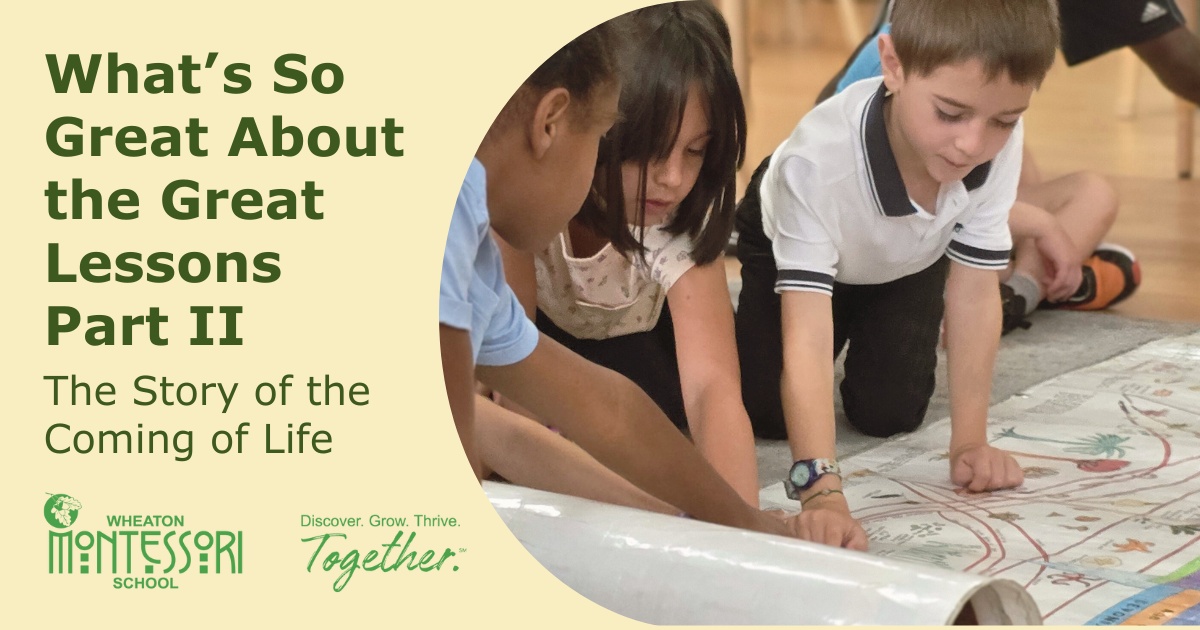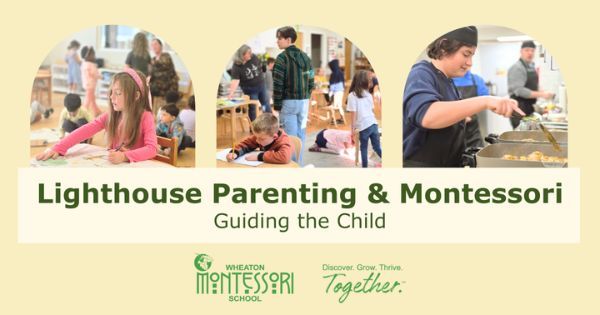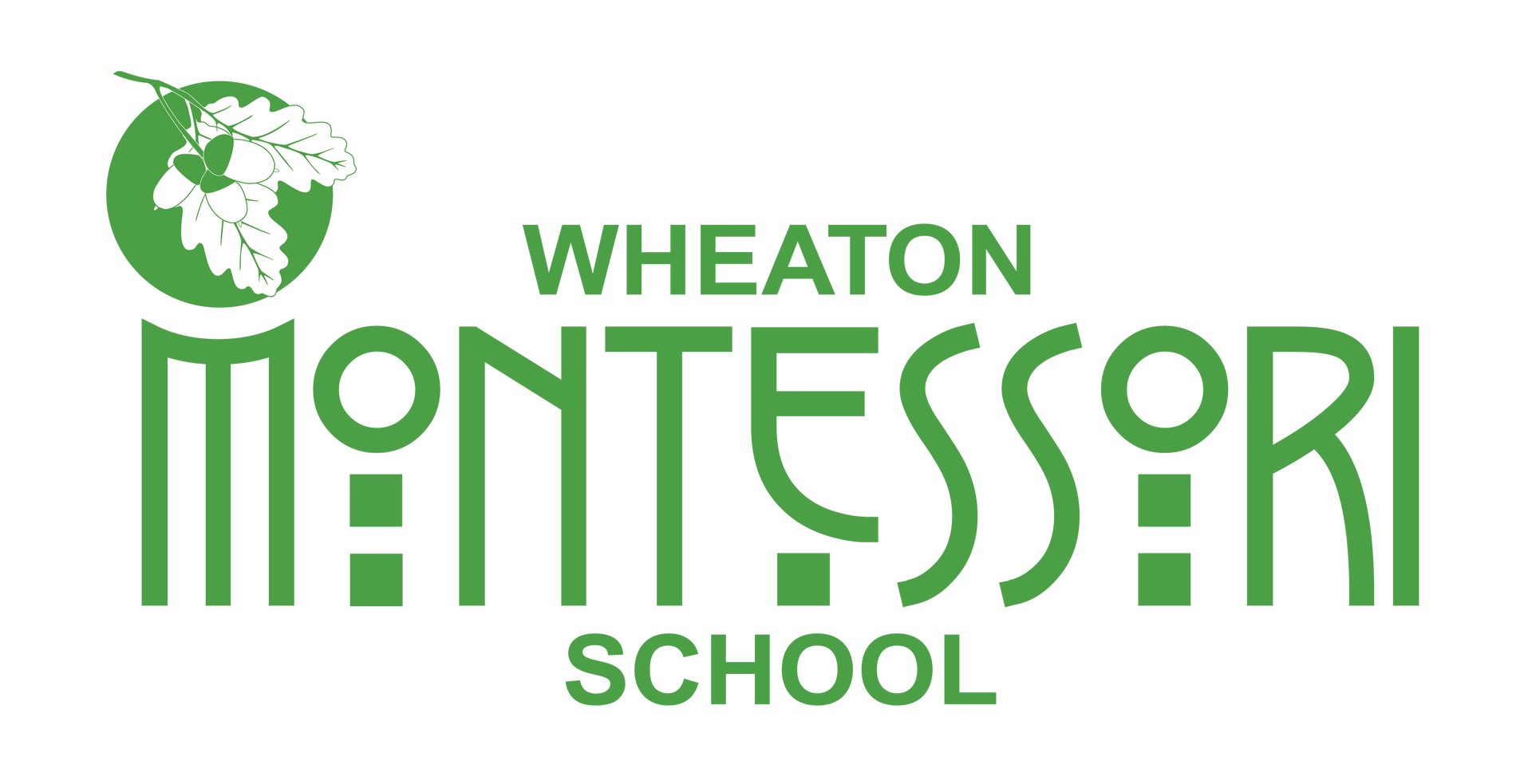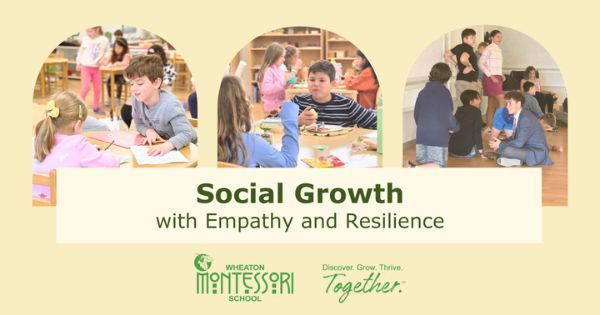
Where it All Began: The Story of the Universe
In the first Great Lesson, the Story of the Universe, students were introduced to the concept that as the universe formed, every particle was given a set of laws to follow. As each speck of matter set about following its laws, they gathered together into groups and settled down into one of three states: the solid, the liquid, and the gaseous. The Earth gradually cooled into a somewhat spherical form with a surface marked by lots of ridges and hollows. The ridges are the mountains, and the rains filled in the hollows to make the seas.
The Coming of Life: A New Beginning
The Story of the Coming of Life picks up here, with the sun looking down at the Earth and noticing some trouble going on. As the rains fell, they mixed with gases from the air, which introduced a lot of salt into the seawater. Additionally, the rocks were being battered by the sea and breaking off, adding more minerals and salts to the water. Dr. Montessori anthropomorphizes the sun, the air, the water, and the mountains very entertainingly as they each blame one another for all the trouble.
The Timeline of Life: Evolution Unfolds
Then, an answer appears in the form of a little “blob of jelly” which arrives in the sea. This bit of jelly is given a special set of directives that none of the others have: the ability to eat, grow, and make more of itself. Gradually, the blob of jelly divides into multitudes of creatures who set about eating the minerals from the sea and developing into increasingly complex organisms. Some of these animals ate one another, while others used the minerals in the sea and the light from the sun to make their own food.
Our Timeline of Life accompanies the story. Dr. Montessori purposely does not try to show every type of animal that has ever existed on this timeline. She selects just a few examples to show the progression of life from the single-celled organisms and trilobites to the first animal with an internal skeleton (the fish) to the first animal to try out life on the land (amphibians – also the first voice!) to the reptiles, who worked out a way to live independently of the water by cultivating scaly dry skins and eggs with shells. The children hear about how the reptiles grew in size and in number to become the masters of the earth, while some enterprising small creatures learned to survive on the fringes, raiding the reptiles’ nests and developing warm body coverings to survive in the colder temperatures that the reptiles couldn’t tolerate. These birds and mammals also learned to care for their eggs and babies. These adaptations helped them to thrive while those giant reptiles…well, we don’t have them around anymore, do we?
Wonder, Curiosity, and Ongoing Discovery
The children are fascinated by this story, which sets up for them the basic laws that govern all living things, providing a framework for the biology work they will undertake in the elementary classrooms at Wheaton Montessori School. It also serves as an epic tale of how the earth was prepared for the coming of one very special animal that was unlike any other…us!
From here, the students will pick up on any number of details to investigate further. Already, I’ve had first graders studying the fossils of trilobites and crinoids (sea lilies) and others embarking on dinosaur research. The key concepts that were introduced in this story will be refined throughout their time in the Elementary community by lessons on the parts of the plants and their functions, the classification of plants and animals, and the systems of an animal’s body. And these ideas are further integrated as they apply them in their research projects about plants, animals, fossils, rocks, minerals, and limestone, oceans, rivers, and mountain.


